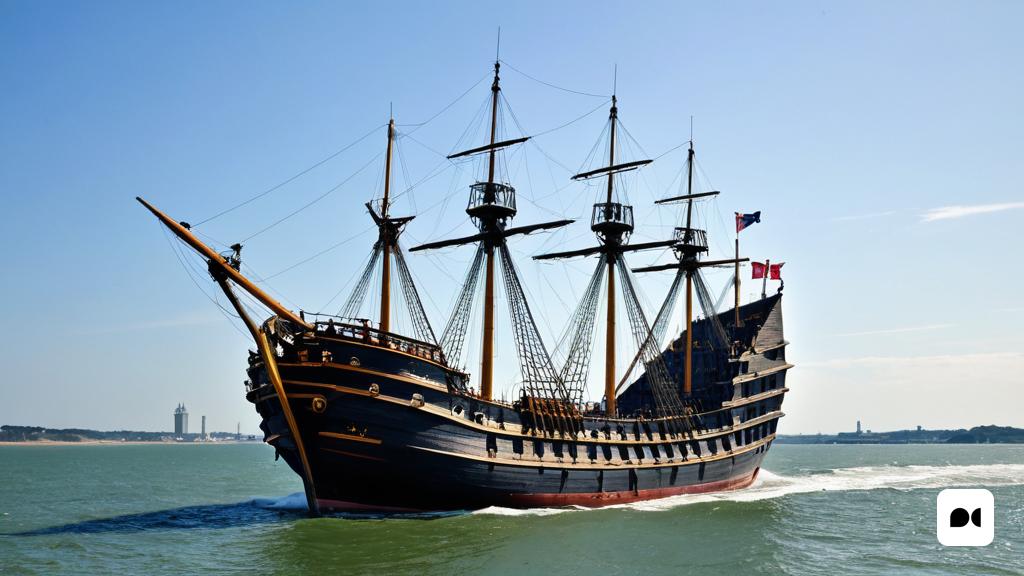The naval battle and the shipwreck
In 1545, 479 years ago, a battle was fought in the Solent Strait, between the port of Southampton and the Isle of Wight, in the south of England. This battle pitted the navies of England and France against each other and ended with the wreck of the Mary Rose, one of Henry VIII’s great carracks. The Mary Rose had been beached in 1512 at Portsmouth Dockyard during the construction process of the Tudor Navy. With a length of 32 meters, a draft of 4.6 meters and 91 guns, it was the flagship of the English Royal Navy.
The facts of the shipwreck
During the naval engagement, enemy fire reached the Mary Rose’s galley. At that point, the captain ordered to maneuver to avoid the enemy boarding, but the lack of coordination caused the gusts of wind to tilt the keel, causing the wreck. The sailors unfurled sails to escape enemy fire and nets on the main deck to prevent a boarding, but the consequences of the ill-fated maneuvers were fatal to the crew.
Findings and subsequent analysis
Three centuries after the wreck, in 1982, the Mary Rose was salvaged and analysis of the wreckage began. In the analysis of the human bodies, it was discovered that the enamel of the dental pieces contained minerals specific to the Mediterranean basin, which would have remained attached to the teeth due to the consumption of water in these territories. In 2008, the research team concluded that the crew was of various origins, including Catalan, Valencian, Neapolitan and Sicilian. This could be an explanation for the lack of coordination during the wreck.

